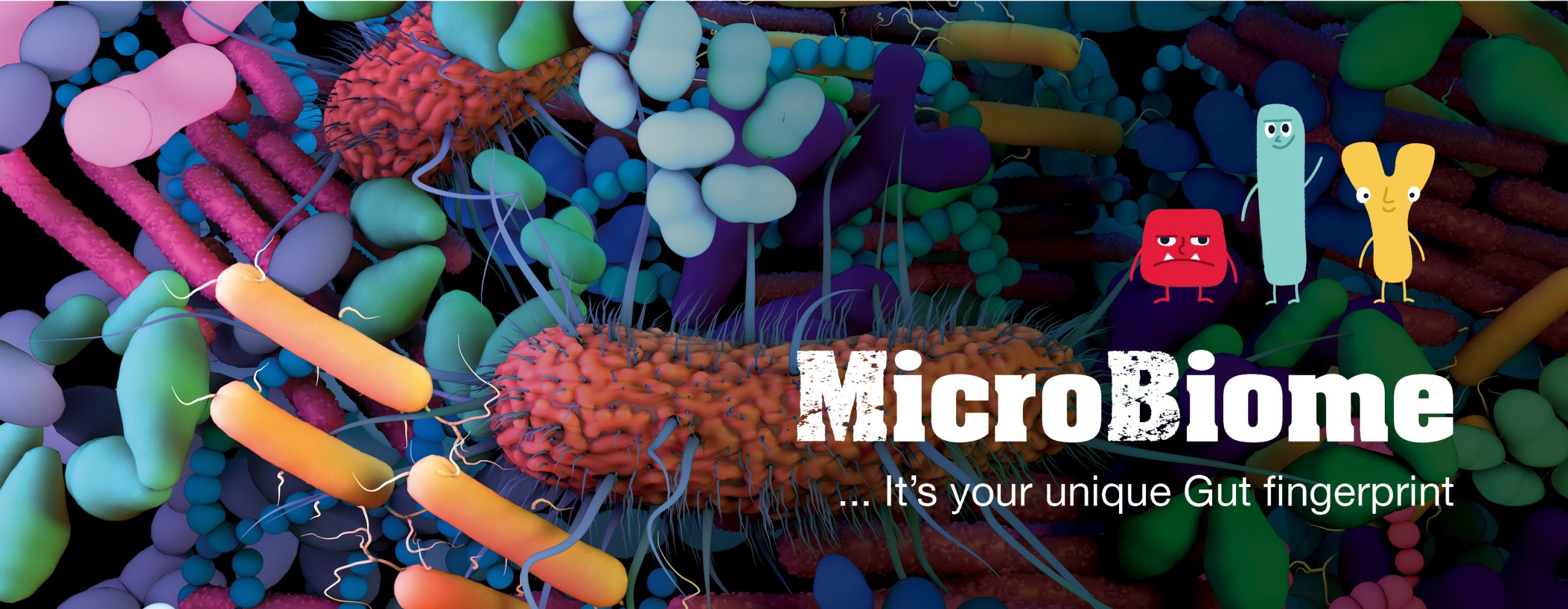Your healthy gut is critical to living a good life. Hosted by comedian Tim Batt, this series explores the science behind how to have a good gut and features scientists and experts in the field. This podcast is presented by the Gut Foundation, which has been funding research, and education into Gut Disease since 1993. With the support of many New Zealanders they’ve raised over $1.5m to support these efforts.
In Episode One, Host Tim Batt is joined by Dr Rachel Purcell of Otago University’s Surgery Department to chat about our guts! Dr Purcell is a scientist researching the link between pathogenic bacteria and cancer. She explains exactly what a microbiome is and digs into what current research is suggesting about how critically important this part of our body is. Not only does good gut health assist in warding off nasty bacteria that can make us sick, there is now compelling evidence to suggest that an unhealthy microbiome has an effect on disorders like depression and our likelihood for certain cancers.
What are Microbes
Microbes are tiny life forms that you can only see with a microscope. They come in millions of shapes and sizes and they are everywhere. Every single habitat no matter how cold or hot or inhospitable has microbes. The Human body is one type of Habitat and 100 trillion symbiotic microbes live in and on every person and make up what scientists call the human microbiota. 95% of our microbiota is located in our gut!
These are the main categories of microbes that scientists have discovered so far.
Archaea
Archaea look similar to Bacteria but behave very differently. They can survive extreme environments like volcanoes or toxic waste dumps. They are direct descendants of the first organisms on the planet.
(Archaea is a Greek word meaning “ancient things”)

Bacteria
Bacteria are single-celled organisms that are neither plants nor animals. They can be found everywhere from glaciers to the depths of the ocean to the searing- hot desert. Some bacteria are harmful, but most are useful and support many forms of life.
(The four dominant bacterial phyla in the human gut are Firmicutes, Bacteroidetes, Actinobacteria, and Proteobacteria.)

Viruses
Viruses are the tiniest of microbes. These minuscule particles are not alive. They are ‘inanimate complex organic matter’. They have no form of energy and cannot replicate or evolve. They have to hijack other cells in order to reproduce, so are often harmful to humans.
(There are 5 viruses to every 1 bacteria in your gut.)

Fungi
Fungi are made of bigger cells than those of Bacteria. Mushrooms, yeasts and moulds are types of Fungi. They usually like areas that are warm and damp. They feed off decaying matter and are great at decomposing things.
Microscopic Animals
Microscopic animals are also considered microbes. They have different types of cells just like us. We have lots of microscopic animals on our bodies that we don’t even know about.
(My name is dermodex and I live on your face)

Protists
Protists are a mixed group of organisms that don’t fit into any of the other categories. They have various qualities and serve different purposes – some of which are useful to us and others that are harmful
Coming soon we will bring you information on how to keep your MicroBiome healthy with the foods you eat.

